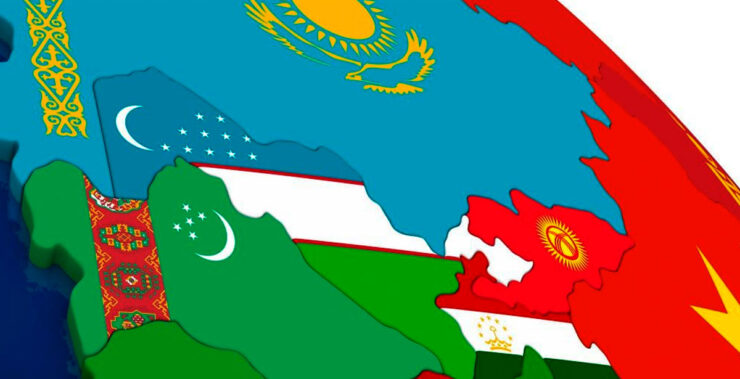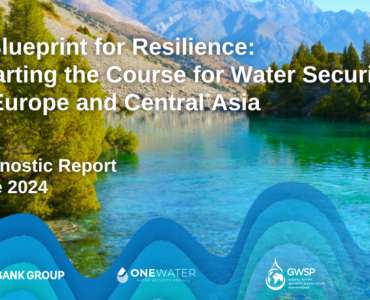In January 2023 Bruce Pannier, a journalist covering Central Asia, provided an analysis to the European Neighborhood Council (ENC) titled Russia’s War in Ukraine Shifts Central Asia’s Connectivity. He explained how Russia’s war in Ukraine has forced Central Asian countries to develop alternative trade routes bypassing Russia. The new opportunities for connectivity will decrease Central Asia’s dependence on Russia than at any time in the last 150 years. The traditional trade network map of Central Asia has started changing with potential to alter the course of events for years to come. Such increased connectivity with the world may help the region to regain its historic importance as the trade hub for Great Silk Road.
Turkmenistan is eager to join trade routes via roads, railways and ports connecting East to West and North to South. Under the East-West route there is a new railroad from northern Kazakhstan to Turkey. It is a 6,336-kilometre long, a 12-day journey route passing through Turkmenistan and Iran. There is also a multimodal corridor that was launched in October 2022 between China and Turkey where cargo will be delivered by various modes of transport including trains, cars, sea liners and airplanes through transit countries such as Tajikistan, Uzbekistan, Turkmenistan and Iran. In Turkmenistan the cargo will be sent to Turkmenbashi port on the Caspian Sea before it travels further. Moreover, a railway line connecting China, Kyrgyzstan, and Uzbekistan, which dates back to mid-1990s, received renewed interest in 2022. If successful, the line will also pass-through Turkmenbashi port in Turkmenistan. In August 2022 Turkmenistan has also officially joined the International North-South Corridor (INSTC) connecting Russia to India and passing through Kazakhstan, Turkmenistan and Iran. The cargo will travel through Turkmenbashi port.
Turkmenistan has spent $1.5 billion to renovate and expand its port facilities in Turkmenbashi city. The port reopened in May 2018 with capacity to handle 25 million tons of cargo annually. Combined total capacity of the two Kazakh ports, Aktau and Kuryk, and the Turkmenbashi port in Turkmenistan reaches about 51 million tons. From Kazakh and Turkmen ports goods travel to the Azerbaijani port at Alat, which is a major hub for cargo traveling between Europe and China, and potentially, for freight between Iran and Russia.






